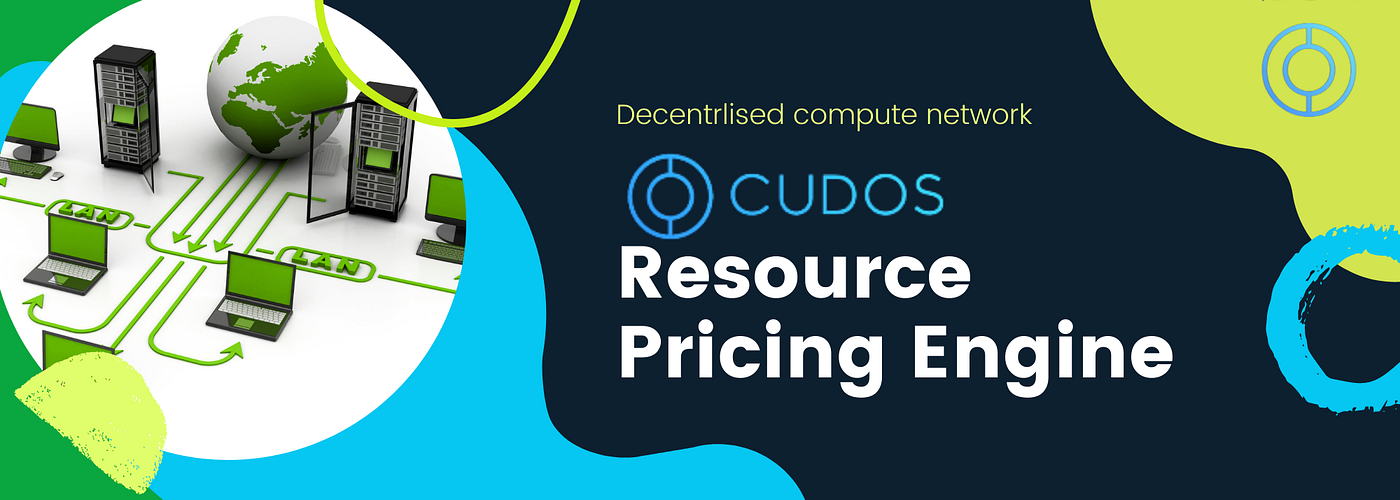As technological advancement moves into the era of automation and machine age, applications will require higher and efficient competing power to execute complex jobs. This will require a disruption of the existing server resource infrastructure which is expensive and limited in computing power for individuals and startups. Currently, it is the big-tech companies that can afford high computing power from the big data farms.
However, this is changing with the launch of the Cudos network and platform — decentralising and democratising high compute power at a lower cost. Cudos is pooling resources power from third-parties to provide over 500,000 TFLOPS of computing power for rent. This lowers the prices for renting resources while allowing third-party resources provides to earn income. It is adopting the bottom-up approach to monetizing ideal compute resources for the world.
To attract quality resources provides to the network, Cudo charges companies fees to rent the resources. This is to help resources providers cover their cost of operations and also make revenues in the process. Pricing of resources is not fixed and is depending on several factors. Meaning the network fees to pay for renting resources to compute a job and this reward is shared between Cudos and the resource providers.

While Cudo compute provides recommended pricing to hire computing power, suppliers are free to change and tune the pricing according to different metrics. As a decentralised network resource providers are free to set their price margins above the base Cudos network fees. For instance, they can set the price at a certain percentage above mining revenue, or as a percentage above the expected electricity costs. All these options come with a user-friendly interface, in line with all of Cudo’s existing applications. Hardware suppliers are also free to turn off mining altogether, and only receive distributed computing workloads.
Pricing for Cudo computes jobs is based on mining revenue. Grouping hardware in reasonable ranges, Cudo proposes pricing to suppliers, which is three to four times their mining revenue. Note however that Cudo only proposes a price; suppliers are free to set their pricing. Suppliers can also set pricing based on the quality and capacity of their resources. Consumers can hire the supplier’s hardware to run their jobs as Virtual Machines (VMs). Consumers can choose between high and low priority VMs, similar to spot instances or preemptible VMs in other cloud supplier platforms. Both are billed at a variable rate according to the prevailing market conditions unless consumers buy a pricing commitment. Pricing commitments guarantee fixed-rate pricing for a fixed term. By choosing a
commitment term, a predefined machine type and the payment plan consumers obtain a discount on job pricing. The pricing engine creates the hardware ranges described above and recommends a price for each piece of hardware. Note that a single supplier may own multiple pieces of hardware, thus the contract is for the hardware piece rather than the supplier’s entire array of devices.
Compute prices will be quoted in fiat currency for pricing stability. Payment can be made in fiat or a range of crypto assets. Cudo will charge a fee of 30% for computing jobs completed on the network, the remainder being paid to the asset suppliers for their services. Pricing will work like an auction system so that during peak demand, suppliers will earn more and consumers will need to pay more to have the task completed within a particular time frame.
The Cudos network is still in beta mode with users in over 145 countries. A full launch is expected by the end of 2021 with staking and mining capabilities. Before the full launch, the Cudo token is trading on Kucoin exchange.



